On Practice and On Contradiction
This question-and-answer session on Mao Zedong’ two philosophical essays, On Practice and On Contradiction, is the first in the ongoing ND Online series on Mao for the whole of December 2020. Mao Serye is part of the continuing study program by Anakbayan-Europa through its ND Online School.
On Practice and On Contradiction
In First Episode of Mao Serye of the ND Online School of Anakbayan-Europa
Initial questions by Host Anghelo Godino
Answers by Jose Maria Sison
Founding Chairman, Communist Party of the Philippines
6 December 2020
1. “On Practice” and “On Contradiction” were written by Mao Zedong in order to expose the subjectivist errors of dogmatism and empiricism in the Party. Could you briefly explain the position of the Chinese communist party at the time it was written and what kind of errors the party suffered from?
JMS: The Chinese Communist Party leadership and the Red Army had to make the Long March because their further stay in Jiangxi in 1934 became untenable because of dogmatist and “Left” opportunist errors by the Comintern-appointed leadership. It was in the course of the Long March that the leadership of Mao began to be upheld at the Zunyi Conference in early 1935. Thereafter Zhang Guotao strayed from the main direction of the Red Army because of his empiricist overestimation of the strength of the Guomindang Army only to run blindly into it in another direction and the Fourth Army which he led was in the main destroyed.
Having reached Yenan in late 1935, the leadership of the Chinese Communist Party found the opportunity to consolidate its position by promoting theoretical and political education, and to prepare for revolutionary struggle not only against the Guomindang but also against the Japanese fascist threat.
Mao wrote “On Practice” in 1937 in Yenan soon after the Long March and delivered it in a series of lectures on Marxist philosophy. It clarifies its epistemology by explaining the interaction and wave-like advance of social practice and knowledge. It is one of Mao’s major philosophical works in which he made a major contribution to the development of dialectical materialism by elaborating on the unity of opposites in social practice.
It is a companion piece of another major philosophical work of Mao, “On Contradiction”, also written in 1937. This elaborates on the unity of opposites as the most fundamental law of contradiction and raises to a new and higher development dialectical materialism. The essay has several sections: the two world outlooks, the universality of contradiction, the particularity of contradiction, the principal contradiction and principal aspect of contradiction, the identity and struggle of aspects of contradiction, the place of antagonism in contradiction, and finally the conclusion.
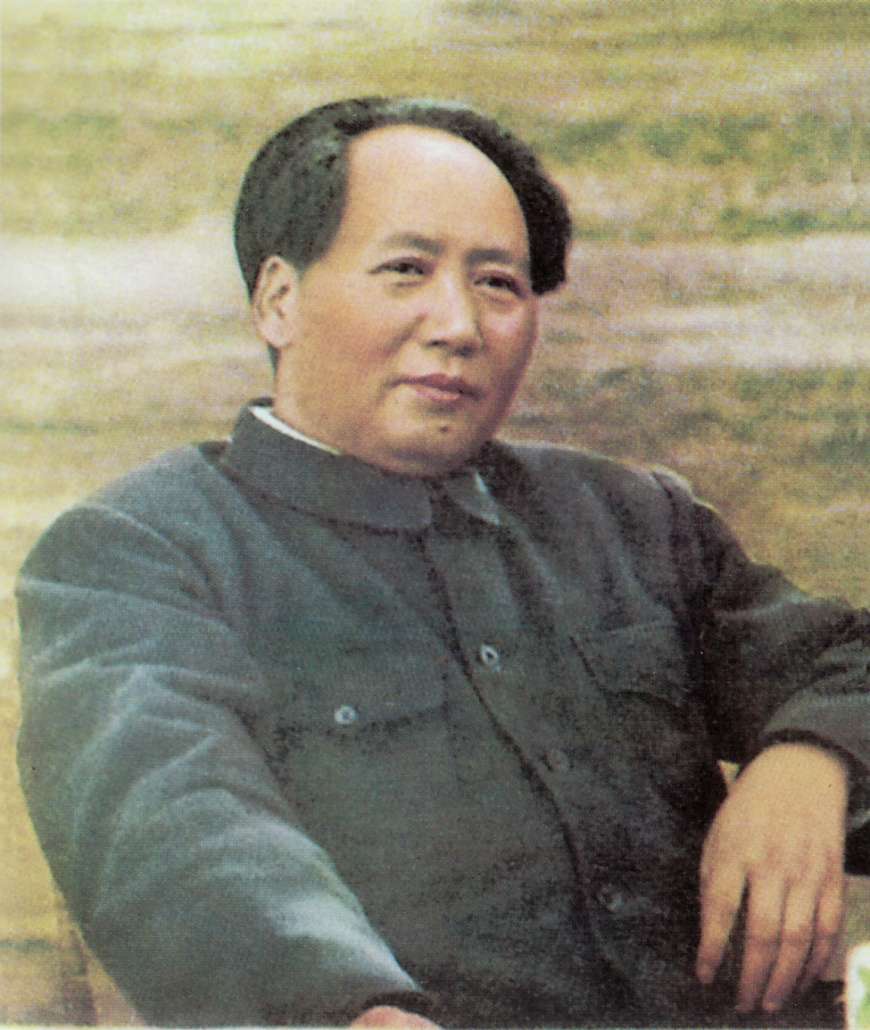
On Practice / Where do Correct Ideas Come From?
2. Before Marx, materialism examined the problem of knowledge apart from the social nature of man and apart from his historical development. How did Marx change this? What does it mean that people’s knowledge depends mainly on their activity in material production?
JMS: Indeed, the ancient rudimentary materialists in Greece, like Democritus and Heraclitus, observed natural objects and speculated on their essential composition and changeability but did not extend their philosophical concern to the social nature of man. Even in the rise of humanism and science in the periods of the Renaissance and the Enlightenment, the mechanical materialists did not extend their philosophical concern or theory of knowledge to the social nature of man. At the most Descartes presumed the existence of God who left the material universe alone to exist autonomously. The French mechanical materialists considered how science could rationally serve humanity but did not focus on the social nature of man.
Together with Engels, Marx formulated the philosophy of dialectical materialism to encompass nature and society and further formulated historical materialism to concentrate on human society and its stages of development. He focused on the critique of the capitalist mode of production as the foundation, as the material base, of the entire capitalist society and its political and cultural superstructure.
3. Why is social practice the only criterion of truth?
JMS: Social practice is the only criterion of truth because it is the only process by which any assertion or proffer of truth on the basis of some knowledge about social reality can be tested, verified and proven as the truth. Mao teaches us that social practice encompasses production, class struggle and scientific experiment and these are the sources of knowledge as he explains in “Where Do Correct Ideas Come From?”. There is an interaction of social practice and knowledge and there is a wave-like advance in this interaction. Raising the level of one leads to raising the level of the other.
4. What is the process of development of knowledge?
JMS: At a certain given time, you have a certain level of knowledge through reading and direct investigation and you apply this knowledge in your practice, this practice leads to a higher level of knowledge which you can apply to carry out a higher level of practice, and then this higher level of practice leads to a still higher level of knowledge. This goes on indefinitely in a wave-like manner of advancing. It is the process of developing knowledge. Previously, the spiral was the favorite Marxist diagram of the advance of social practice and knowledge. Mao preferred the wave-like advance.
5. The perceptual and the rational are qualitatively different, but are not divorced from each other; they are unified on the basis of practice. Is it possible to gain knowledge with only one way—perception alone, or logic alone? What is the relationship of rational knowledge and perceptual knowledge?
JMS: The interaction between perceptual knowledge and rational knowledge and their wave-like advance is always necessary for a determined dialectical materialist ever ready to raise the level of knowledge. Otherwise your knowledge will stagnate and you will fail to understand changes in the situation and make the necessary decision for solving problems and advancing the revolutionary cause.
Perceptual knowledge is what you gain by using your senses and personal experience in order to gather the facts in social investigation. This kind of knowledge is necessary for one to start building one’s factual base of information but it is limited and is not the end of knowing. By using class analysis and collective discussions with comrades on a wider range of social investigation, you can arrive at rational knowledge by which you can make conclusions, judgments and formulate tasks.
If you limit yourself to perceptual knowledge and do not advance to rational knowledge, you are liable to fall into the error of empiricism, limited to narrow, fragmentary and short-range knowledge. If you limit yourself to rational knowledge and cease to expand your factual or empirical base, you are liable to fall into the error of dogmatism, much given to using jargon and generalizations with outdated and dwindling facts. The errors of empiricism and dogmatism are errors of subjectivism which are anathema to dialectical materialism.
6. Practice, knowledge, again practice, and again knowledge. How is this dialectical-materialist theory of knowledge significant in the revolutionary tasks and practices of activists?
JMS: The wave-like advance of practice, higher knowledge based on practice, higher knowledge to higher practice in the dialectical-materialist theory of knowledge signifies or means the correctness or validity of the revolutionary tasks and practice of activists and the achievement of revolutionary advances and victories. If you depart from the interaction and wave-like advance of practice and knowledge, you are liable to stagnate and degenerate and cease to do your work well.
On Contradiction
7. Throughout the history of human knowledge, there have been two conceptions concerning the law of development of the universe, the metaphysical conception and the dialectical conception, which form two opposing world outlooks. Please explain these two opposing world outlooks.
JMS: This question presumes that there is a differentiation of the materialist and idealist world outlooks. If you are a materialist, your starting point is matter and the idea follows. If you are an idealist, your starting point is the idea as cause and matter is the result and you can go so far as to say that a supernatural being created the material universe. Plato regarded material reality as mere copy of the Absolute Idea and Hegel regarded social history as the realization of the prior self-development of thought. But I think your question focuses on the conception of change as in epistemology (study of knowledge) rather than on the ontology (study of the nature of things).
The metaphysical conception of the world may be the result of an outrightly idealist world outlook or from a mechanical materialist outlook. The former kind of metaphysics is easy to understand but the latter kind requires a more extended explanation because the mechanical materialists often assert that they are scientific and some of them (like the followers of Humean empiricism, Machian empirio-criticism and logical positivism) accuse the dialectical materialists of being metaphysical for using generalizations like matter no less, despite Engels’ extensive studies of the works in his time in the natural sciences and his effort to integrate these within the framework of dialectical materialism.
Mechanical materialists are like frogs in a well who perceive the water and walls of the well and see immediately the sky when they look up but they not see the environment and interconnections of the well. Indeed, in scientific investigation, the natural scientist isolates the object under study and contrasts it with all other objects in order to describe it or arrive at the formula for its composition. Without rejecting the results of scientific investigation done with the metaphysical method of isolating an object under study, the dialectical materialist always takes into account the interconnections and interactions of one object with all other objects.
Quite a number of physicists spiritualized the light for a long time. And even after the discovery and development of quantum mechanics, the wave was still spiritualized and idealized to demean and degrade the photon particles or even at worst to make the particles “disappear”. But Einstein proved that in fact, photon, as an elementary particle in constant motion has both mass and energy. The mass becomes apparent when it impacts another particle, with the total sum of mass and energy remaining constant throughout the interaction. But no one has yet measured the mass of photon at rest. Thus, some scientists assert that it has zero mass. Photon is matter and energy with the wave as its mode of existence in accordance with the dialectical materialist definition of motion as the mode of existence of matter and also in accordance with Einstein’s formula for energy, E=mc2.
8. What is meant when Mao speaks of the universality of contradiction?
JMS: The law of contradiction is universal in the sense that it encompasses and operates in all material objects in nature and society, including the process of cognition and the development of knowledge in the natural and social sciences. Natural and social scientists have correctly focused on the law of contradiction in the various branches of the natural and social sciences within the framework of the materialist-scientific philosophy. And they have flourished in socialist societies where they are not constrained by obscurantism.
Marxist-Leninist-Maoist proletarian revolutionary thinkers and leaders have focused on the study of the contradictions in the mode of production and in the class struggle in the economic, political and cultural aspects of society in order to advance the revolution towards socialism and communism. The aim of the proletariat and its revolutionary party is to free science and technology from the clutches of monopoly capitalism and put them in the service of society and nature after so much damage to them by monopoly capitalism.
9. How about the particularity of contradiction?
JMS: We refer to the universality of the law and to the law of the unity of opposites as the most fundamental law of contradiction. This is the biggest generalization that we can make. But there are particular forms of contradictions correspondent to particular forms of matter and to particular fields of study thereof. Particular forms of contradictions in particular forms of natural and social phenomena are investigated and unfolded in various fields of study in the natural and social sciences which are focused on various forms of contradictions.
10. Processes change, old processes and old contradictions disappear, new processes and new contradictions emerge, and the methods of resolving contradictions differ accordingly. Can you give a concrete example to describe what Mao meant by this?
JMS: Revolutionary class struggle is a process to seize political power by armed force from the ruling class in order to emancipate the proletariat and other exploited people in capitalist society or in any other exploitative class society. After the proletariat seizes political power, it can build socialism peacefully, handle correctly the contradictions among the people with nonantagonistic methods and take the steps towards the ultimate aim of communism even as the socialist state needs to exist for as long there is the threat of counterevolution from the inside or the threat of imperialism from the outside.
11. What does it mean and why is it important to understand each aspect of a contradiction?
JMS: It is important to understand each aspect of a contradiction, such as the proletariat as exploited class and the monopoly bourgeoisie as the exploiting class in a capitalist society so that the proletariat and its revolutionary party would know the balance of strength and know how to conduct the revolutionary class struggle from stage to stage. The more important it is to understand each aspect of a contradiction when there is a complex set of class contradictions in society.
We need to recognize the principal and secondary aspects in contradiction. The bourgeoisie is the principal aspect and the proletariat is the secondary aspect in a capitalist society. In analyzing a complex set of contradictions, we need to determine the principal and secondary contradictions.
In the semicolonial and semifeudal social system in the Philippines currently, as in China before the revolutionary victory in 1949, there is a complex set of exploiting classes like the big compradors and landlords and exploited working people like the workers and peasants and there was therefore a complex set of class contradictions, involving the national struggle against imperialism and the democratic struggle against feudalism.
12. Why is it important to pay attention to the stages in the process of development of a thing?
JMS: Even in a well-developed industrial capitalist country, there can be no immediate big leap from capitalism to socialism just because the forces of production are well developed and have a social character. The capitalist class has the state power and other means to suppress the movement of the proletariat and the people to seize political power. As the Communist Manifesto has long declared, the proletariat must win the battle for democracy before being able to seize political power and establish socialism.
In a semicolonial and semifeudal country like the Philippines, the Filipino proletariat and people need to undergo the stage of people’s democratic revolution through protracted people’s war as a way of building the revolutionary party of the proletariat, the people’s army, the mass movement, the necessary alliance and the organs of political political power constituting the people’s democratic government. The people’s democratic revolution is basically completed upon the overthrow of the state power of the comprador big bourgeoisie and landlord class. Consequently, the stage of socialist revolution can begin and proceed.
13. How do we determine the principal contradiction?
JMS: When there is a complex set of contradictions, the principal contradiction is determined according to what is the main enemy in a war situation. Is it a foreign aggressor or is it the reactionary state? If it is a foreign aggressor, all efforts at achieving national unity need to be exerted in order to wage a war of national liberation. If it is the reactionary state carrying out a war of suppression, without full scale deployment of foreign aggressor troops, the people’s democratic revolution carries out the protracted people’s war as in a civil war.
There is a contradiction between the Filipino nation and US imperialism together with other imperialist powers, using the local exploiting classes. When an imperialist power unleashes a war of aggression against the Philippines, as Japan did in 1941 to 1945, the Filipino people wage a war of national liberation. US imperialism is always engaged in military intervention, short of a full-scale war of aggression which becomes highly probable when the people’s war reaches the stage of the strategic stalemate, unless the US military power is bogged down elsewhere.
When there is yet no war of aggression and the civil war is the sole or main character of the struggle between the exploited and exploiting classes, the revolutionary party of the proletariat wages protracted people’s war on the basis of the worker-peasant alliance in order to encircle the cities from the countryside and accumulate political and armed strength to be able to seize power from the exploiting classes based in the cities.
14. All contradictory things are interconnected; not only do they coexist in a single entity in given conditions, but in other given conditions, they also transform themselves into each other. Can you give an example to explain what Mao meant by this?
JMS: Like Mao in China did when he was engaged in the people’s democratic revolution, I have already explained how in the current semicolonial and semifeudal Philippine society there can be a complex set of contradictions. In the course of the people’s democratic revolution, the class struggle between the exploited and exploiting classes can take the form of a civil war between the reactionary state and the armed revolutionary movement of the people.
If US imperialism unleashes all-out aggression against the Filipino people in order to save the puppet reactionary state, the civil war becomes transformed into a war of national liberation by the Filipino people. If the war of aggression is defeated, it means either the total victory of the people’s democratic revolution or it still has to carry out a civil war against local reactionary forces. Usually, as in the case of the defeat of the US imperialism in Vietnam, the reactionary classes have no more strength to wage a civil war against the revolutionary forces of the people.
15. Why are the laws of contradiction important to be studied by activists?
JMS: The laws of contradiction must be studied by activists so that they can understand the exploiting and exploited classes as contradictory forces in Philippine society, the character of this society and the strategy and tactics to carry out the revolutionary change. With the comprador big bourgeoisie and the landlord class still ruling and exploiting the toiling masses of workers and peasants, the character of the Philippine society is semifeudal and can be changed in a fundamental way by the people’s democratic revolution through the protracted people’s war.
The unity and equilibrium of any society like that of the Philippines is relative and temporary. Within that society, the class struggle between the exploited and exploiting classes is absolute and lasting and enables the exploited class to grow in strength and overthrow the exploiting class and establish a new and fundamentally just and better society is built by the Filipino people.
The reactionaries, especially the fascists, are terrified and yet try to belittle the victories and advances of the people’s democratic revolution just because this has not yet overthrown the reactionary state based in the cities by more than 50 years of protracted people’s war. But the Marcos fascist dictatorship, the pseudo-democratic regimes and now the Duterte terrorist regime have failed to suppress the armed revolutionary movement. The crisis of the ruling system continues to worsen and the objective conditions for waging revolution are increasingly favorable.
The revolutionary party of the proletariat, the people’s army, the revolutionary mass organizations, the national united front and the people’s democratic movement are nationwide and deeply rooted among the toiling masses. All of them continue to grow in strength and advance because of the leadership of the revolutionary party of the proletariat that is guided by theory of Marxism-Leninism-Maoism and that correctly applies dialectical materialism in carrying out the people’s democratic revolution through protracted people’s war. ###
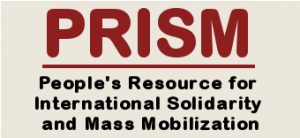
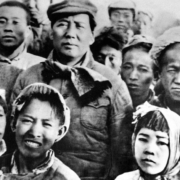
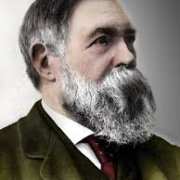
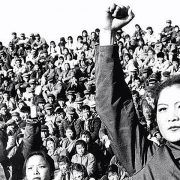
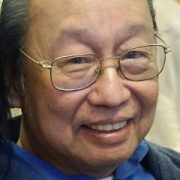
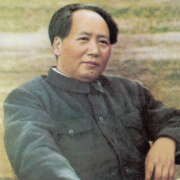
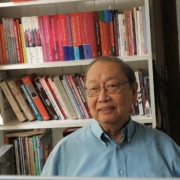


Leave a Reply
Want to join the discussion?Feel free to contribute!